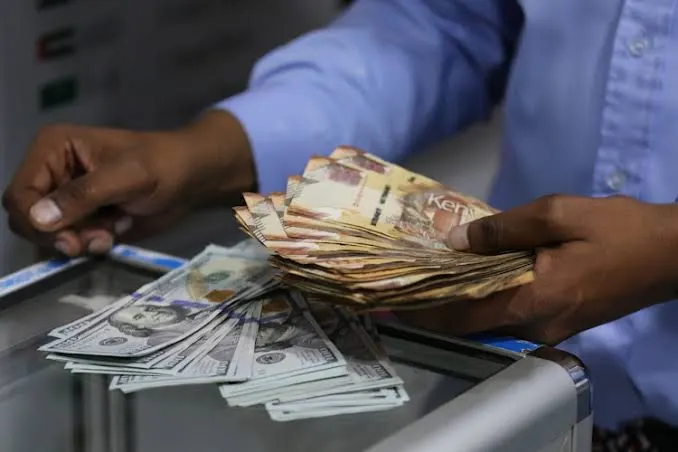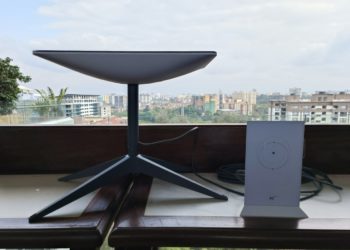The Kenyan shilling depreciated by 26.8% in 2023, primarily due to challenges within the country’s macroeconomic environment.
The Kenyan economy faces persistent issues such as a current account deficit, declining foreign exchange reserves, heightened inflation, and elevated public debt levels, all contributing to the continuous pressure on the Kenyan Shilling.
The current account deficit, a significant component of the country’s balance of payments, narrowed by 42.1% to KES 122.5 billion in Q3’2023 from the Q3’2022 deficit of KES 211.6 billion. A current account deficit arises when a country imports more goods and services than it exports, leading to increased demand for foreign currencies compared to the demand for the local currency.
This heightened demand puts strain on the Kenyan shilling in the foreign exchange market, contributing significantly to its ongoing depreciation.
RELATEDPOSTS
Compounding the issue is the precarious state of Kenya’s foreign exchange reserves, currently standing at USD 6.7 billion, equivalent to 3.6 months of import cover—falling below the recommended threshold of at least 4 months.
These reserves act as a safety net, providing stability for the currency. With reserves dipping below the recommended level, the shilling becomes increasingly susceptible to external shocks, raising the risk of further depreciation.
In response to these challenges, the Kenyan government has proactively reviewed its monetary policy tools. In line with this, the Monetary Policy Committee (MPC) raised the Central Bank Rate (CBR) to 10.5% in an emergency meeting on June 26, 2023, from the previous rate of 9.5%, urgently aiming to contain inflation and alleviate pressure on the Shilling.
Despite these efforts, the Shilling continued to depreciate, leading the MPC to further increase the CBR to 12.5% from the initial 10.5% in its latest sitting on December 5, 2023. The committee highlighted that this move would attract more capital flows through foreign investments as interest rates rise in the market, thereby supporting Shilling.
Despite the prolonged depreciation, recent trends indicate a potential shift in the currency’s trajectory. In November 2023, the Shilling experienced a slower depreciation, partly attributed to heightened positive sentiments from investors.
According to a report by FX Pesa, a financial firm, external funding commitments from the International Monetary Fund (IMF) and a weakening of the dollar have significantly contributed to stabilizing the shilling.
Additionally, promises of loans from the IMF and World Bank have helped alleviate inflationary pressures, contributing to a more stable exchange rate, as seen in the easing depreciation in November.
While challenges such as the current account deficit and foreign exchange reserve issues continue to exert downward pressure, the government’s proactive monetary policy adjustments and positive external commitments suggest a potential turnaround.
Furthermore, the shift is expected to be supported by diaspora remittances, which amounted to USD 3.8 billion in November 2023—an increase from the USD 3.7 billion recorded in the same period the previous year.
















